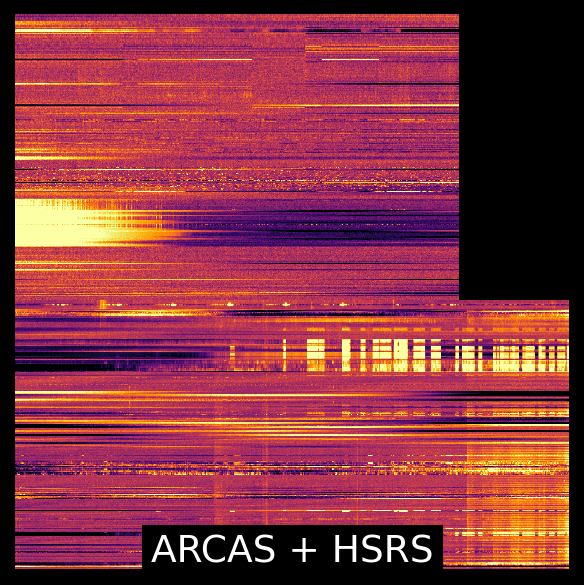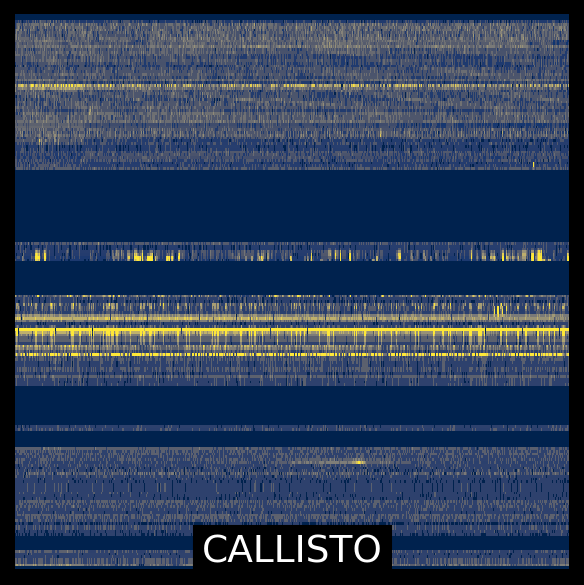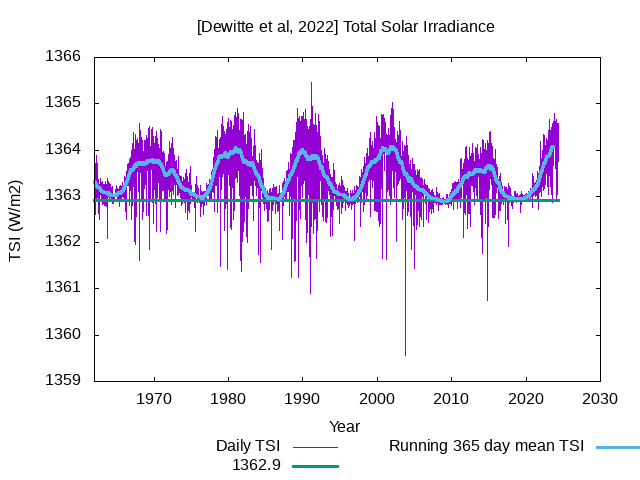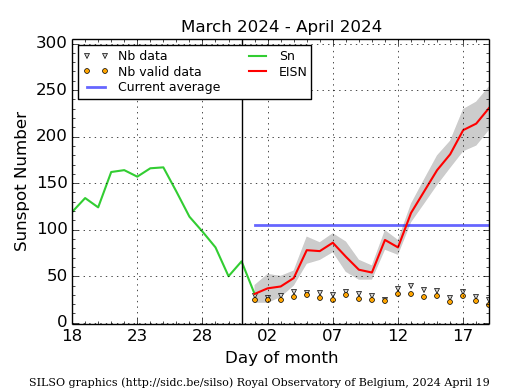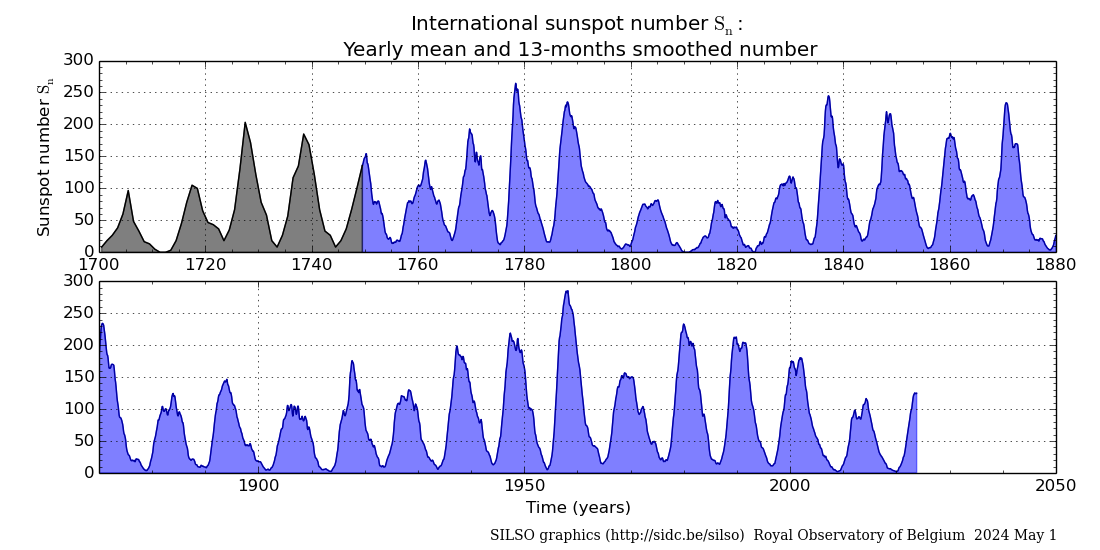Solar flaring activity over the past 24 hours was at high levels. The largest flare was a M9.1-flare, with peak time 06:19 UTC on May 04 associated with NOAA AR 3663 (beta-gamma-delta). There are currently 6 numbered active regions on the visible disk. NOAA AR 3663 (beta-gamma-delta) is the largest region on disk and together with NOAA AR 3664 (beta-gamma-delta) the most magnetically complex regions, which both produced most of the flaring activity in the last 24 hours. Three yet unnumbered active region have started to emerge on the eastern half of the visible solar disk. All other regions were inactive and stable. The solar flaring activity is likely to be at high levels over the coming days with C-class flares expected and M-class flares expected and X-class flares possible.
A Coronal Mass Ejection (CME), was detected at 21:17 UTC on May 03, in LASCO C2 data. The CME is associated with an eruption seen in SDO/AIA 193 at 20:48 UTC. Further analysis is ongoing. Further analysis of the CME, seen at 12:01 UTC on May 02, in LASCO C2 data, associated with NOAA AR 3654 shows that this CME is not expected to impact the Earth. Further analysis of the CME, seen at 03:01 UTC on May 03, associated with NOAA AR 3663 and a X1.7-flare shows a possible arrival late on May 05 or early on May 06.
Over the past 24 hours the greater than 10 MeV GOES proton flux was at background levels and is expected to remain so over the next days.
The greater than 2 MeV electron flux measured by GOES 16 and GOES 18 was below the 1000 pfu threshold and is expected to remain so in the upcoming days. The 24h electron fluence was at nominal level and is expected to remain so in the next days.

